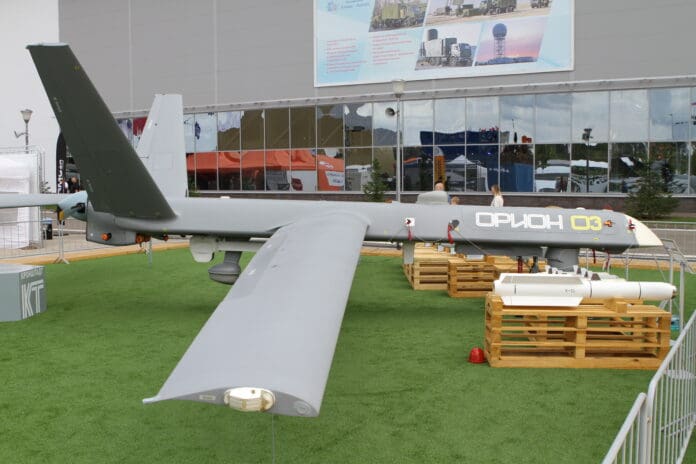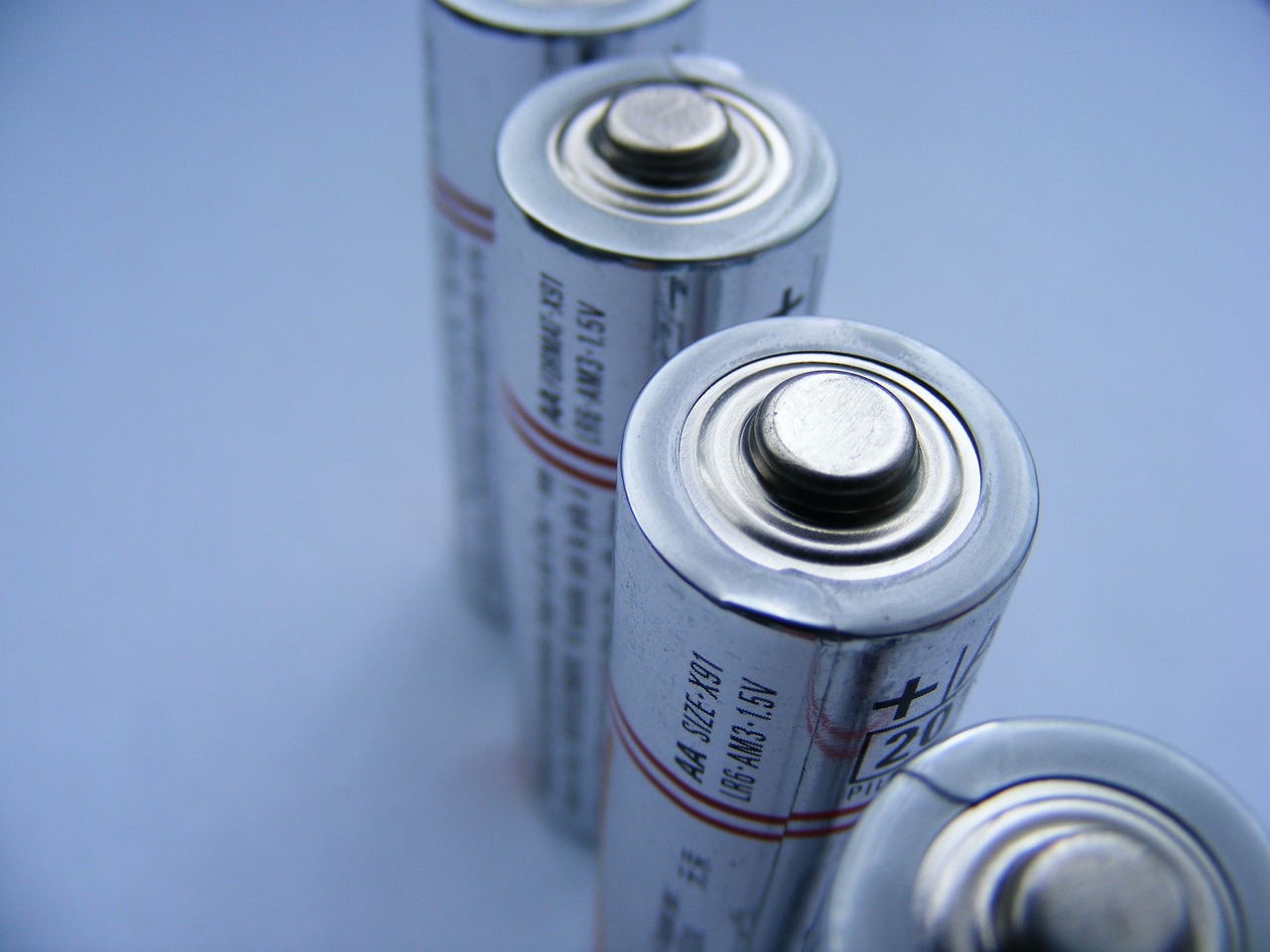This post is also available in:
 עברית (Hebrew)
עברית (Hebrew)
A recent analysis by Ukraine’s military intelligence agency (HUR) has uncovered that a Russian cruise missile—designated the S8000 “Banderol”—is composed of numerous foreign-made commercial components, raising new concerns over sanctions enforcement and dual-use technology in modern warfare.
The S8000, believed to be launched from Orion drones or Mi-28N attack helicopters, was recovered on Ukrainian territory and thoroughly examined. The findings show that despite international export restrictions, Russia continues to integrate foreign civilian technology into its weapons systems.
Key components identified in the missile include Japanese-manufactured Murata batteries and Toshiba phototransistors, an RFD900x telemetry module from Australia, and South Korea’s Robotis Dynamixel MX-64AR servo motors. Additionally, investigators identified a U.S.-origin radio frequency amplifier from Maxim Integrated, a Swiss microcontroller from STMicroelectronics, and a Chinese-made SW800Pro-A95 turbojet engine, which is commercially available through e-commerce platforms like Alibaba.
Many of these parts are categorized as commercial off-the-shelf (COTS) items, typically intended for civilian or industrial use. Their presence in a precision-guided weapon highlights how military developers may repurpose accessible technologies to bypass international embargoes.
The Banderol missile itself is reported to be highly maneuverable, capable of carrying a 150-kilogram warhead over distances up to 500 kilometers at subsonic speeds of around 650 kilometers per hour.
This is not the first instance of foreign components appearing in Russian weaponry. Previous investigations since the onset of the Ukraine conflict in 2022 have revealed U.S.-made electronics in advanced missiles and air defense systems. More recently, in April 2025, Ukrainian forces identified Indian-made clock buffers embedded in Russian military hardware.
The report underscores the persistent challenge of enforcing export controls on dual-use technologies. HUR emphasized the urgent need for tighter international oversight, stating that modern weapons systems are heavily reliant on foreign-sourced electronics and materials. Curtailing access to such components, officials argue, could significantly disrupt adversaries’ military production and operational capabilities.


























